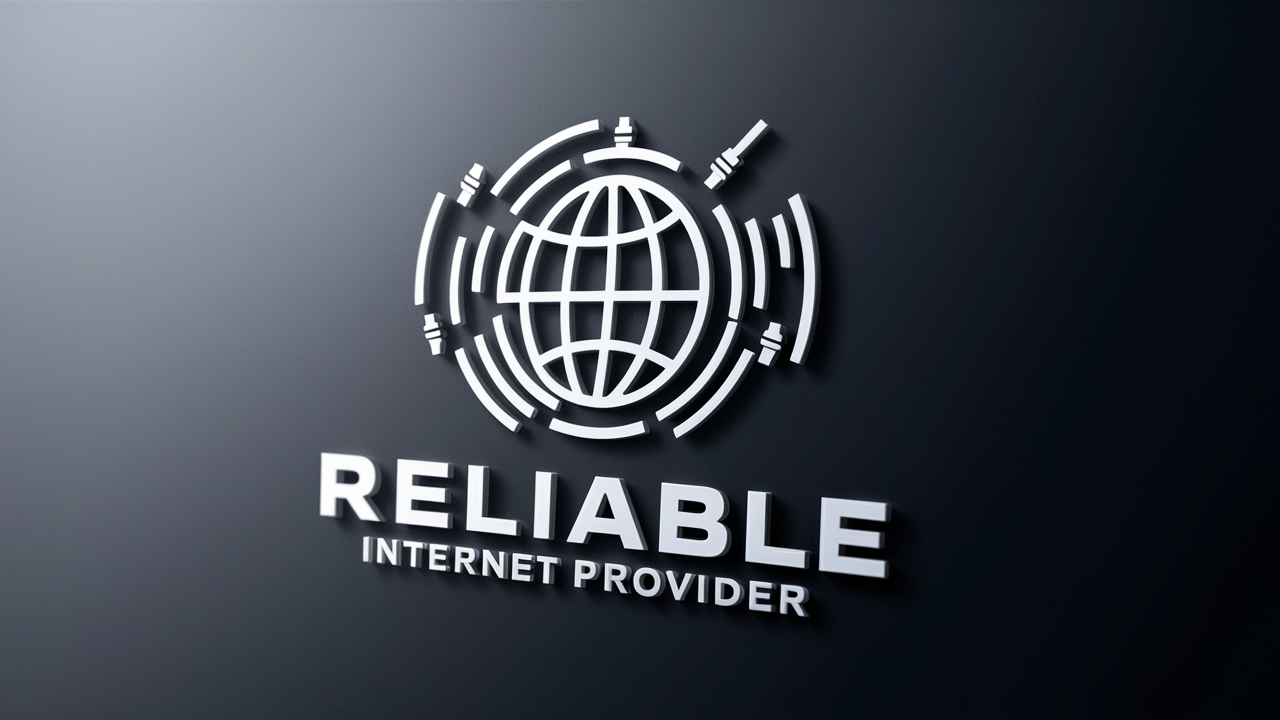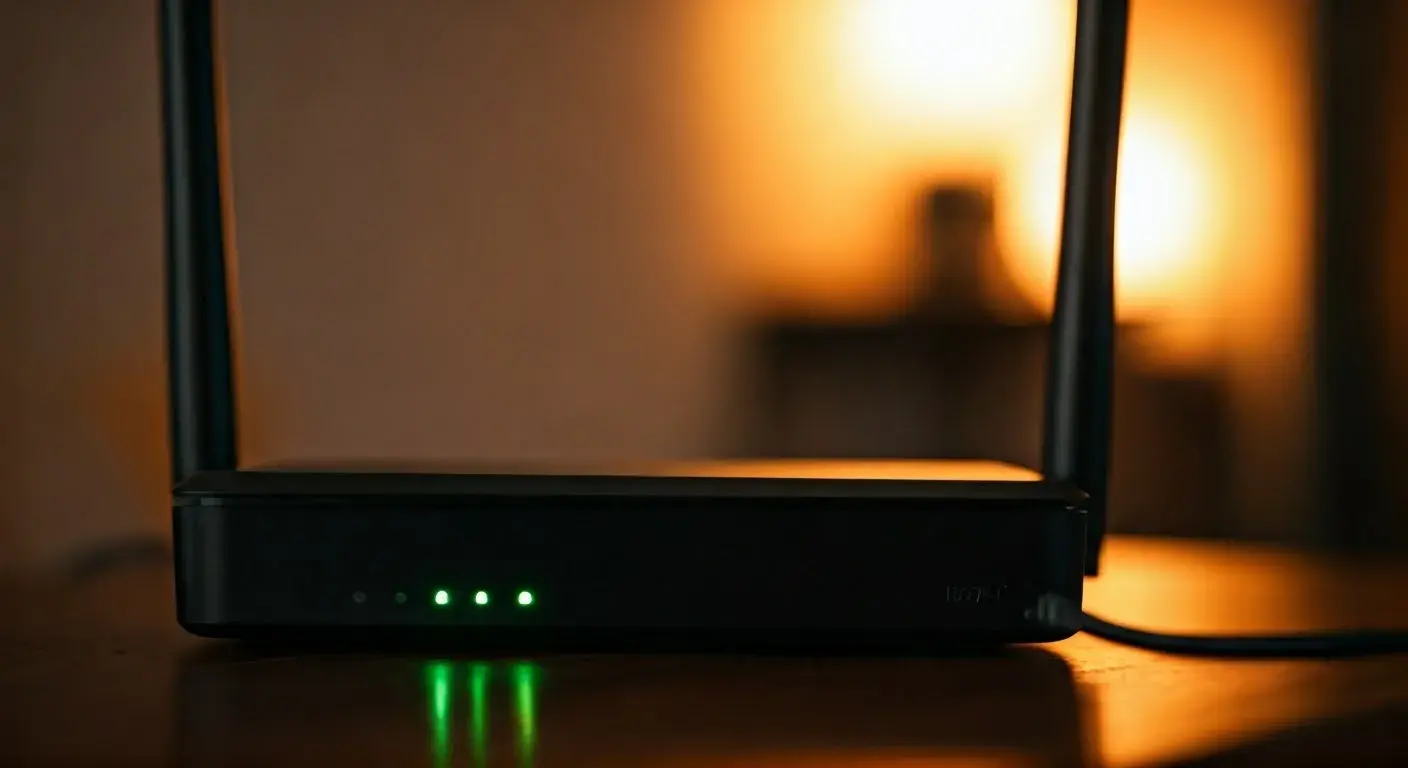What is the Most Reliable Internet Provider?

Internet connectivity has become almost mandatory to have at home, with more and more households all across the world connected to the Internet. Whether it is connecting for work through video calls, schooling through virtual classes, or enjoying entertainment through streaming services, we expect our home internet service provider to deliver a reliable and fast connection. However, this is not the case with all the providers because not all of them are reliable. Well, which one is better, or to put it more precisely, which one is best? Here is a brief idea of the factors that may help to identify trustworthy home internet services.
Speed and Consistency
When inspecting an internet service provider, among the foremost things to check is the speed and reliability of the internet connection. Sometimes, the providers themselves boast of the fastest speeds possible, yet the actual speeds attained may not be true to their words. The speeds and the bandwidth can differ depending on your location, time of day, the density of usage, and other factors. Telecommunication firms in fiber optic and cable provision provide higher speed and better reliability than DSL or satellite internet. To get a more accurate evaluation of the service quality, it is possible to look at the provider’s average download and upload speed, as well as at their consistency rates provided by third-party researchers.
Network Infrastructure and Capacity
An important but often unnoticed aspect related to reliability is the ability of a provider’s network and its bandwidth. Current and future capacity is critical to sustaining usage patterns and managing them within a carrier-grade platform without disruption. Some of the national providers that use fiber optics as the primary technology include Verizon Fios, AT&T Fiber, Spectrum, and Xfinity and these providers expand and upgrade their network often. On the other hand, regional providers are not as likely to have the same amount of scale and resources to ensure the same level of network robustness.
Outage frequency and restoration responsiveness can be defined as the number of interruptions and the time it takes to resolve them.
This is an issue that affects even the strongest networks at times. Outage frequency and time to restore power are other things that contribute to reliability, according to the research. Delays, interruptions of service, and high traffic can be caused by natural disasters, technical issues, or unexpected demand. The studies from federal reports reveal that even providers such as Verizon Fios who offer fiber optic connection have traditionally experienced the shortest outage times than most of its competitors. There are websites such as DownDetector.com that may provide insight into the kind of outages that the providers themselves are dealing with and how active they are in responding to these. Catastrophic outages or the time taken to restore service delivery also affect reliability, especially if it is for a longer duration.
Customer Service Support
As it can be seen, the networks of all providers experience some issues regardless of the infrastructure they have. I would also consider how well providers address customers with service issues in terms of efficiency and helpfulness as a measure of overall reliability. Availability of customer support, utilization of issues tickets, follow-ups and alerts, easy access to solution tools, and qualified technical support are some of the favorable factors. Posts that praise providers who are quick to reply and open about their support compared to those that take ages just to pick up a call or give a curt answer on a post can be very insightful. While it is easy to focus on product reliability as the key determinant of the reliability experience, this should not be the case since service support also plays a crucial role in creating or negating this experience.
Connection Stability and Consistency
Thus, whereas the first one is a matter of providing sensationalistically high speeds, the second one is all about delivering a stable connection. But even fast internet is no good if the connection is constantly dropping, has delays, varying ping times, or sudden spikes. Aimed at low latency and avoiding variations in the transfer rates shows how healthy a provider’s network is. Connectivity technology also has an influence, cable/fiber usually provides better stability than DSL/Satellite. Reviews that show where the providers excel, or lack, on consistency regarding connection stability, contribute to recognizing reliability champions. When it comes to stability, they are very efficient at addressing several concerns that impact it such as extreme weather conditions, traffic, restrictions of customers’ speeds during busy hours, and lastly construction challenges that lead to connection loss or delays.
Merits of Fiber Optic
That is why fiber optic providers, such as Verizon Fios, AT&T Fiber, and Google Fiber are frequently mentioned in the lists of the most reliable ones. Fiber has its technical advantages over cable, DSL, and satellite Internet connection because of its nature. Fiber uses light to pass data through glass fibers as opposed to electricity in copper wires and hence fast speeds with minimal delay. Fiber has unbeaten bandwidth capabilities with very high levels of consistency due to its resistance to electromagnetic interference. As reliability is strongly tied to fiber access, fiber providers here rank near the top. The challenges associated with the initial installation of the fiber are also magnified in the long term by the improved reliability.
The function of the Data Constraints and Speed Limitations
Other areas of reliability concern internet providers’ policies contained in the fine print regarding data caps and throttling. Companies such as Xfinity have data limits where customers get a certain amount of data depending on the speeds they choose, and if they use more data than the limit, the company charges them extra or slows down their internet speed. Critics argue that such policies essentially “limit reliability” which can hint at speed decrease or additional charges at the precise moment consumers require the most reliability binge-watching, working from home, etc. Verizon Fios and AT&T Fiber, however, provide no hard data limits and minimal throttling inconvenience for interrupted access. Concerning the reliability of broadband service providers, it is vital to consider their caps and throttling policies.
The Local Infrastructure Wild Card The last of the four types of wild cards, the Local Infrastructure Wild Card was seen in the case as the increasing importance of African resources in the global economy could lead to a reduction in the availability and increased costs of imported consumer goods.
Ranking nationwide providers according to network, outages, and customer services are a good way of painting a reliable picture. However, there is local infrastructure condition uncertainty, which adds more emphasis or attention to analysis. There are networks like Verizon Fios or AT&T Fiber that are considered to be reliable, but they can provide relatively low service quality in some specific regions due to their poor local facilities compared to the competitors. To mitigate this wildcard, it is possible to seek providers who might have offered similar services to residents in their local area, based on the reviews or discussions made in the neighborhood social media platforms. Where newer fiber optic networks exist, they often also surpass legacy copper cable and DSL concerning reliability for technical reasons.
Comparing cable, DSL, and Satellite Internet Options: Pros and Cons
Indeed, for some households fiber and fiber hybrids may not be a possibility. DSL cable internet services such as those offered by Spectrum and Xfinity are generally considered to be the next best option in terms of reliability. Cable uses the local neighborhood coaxial line from other users, sharing the available bandwidths. Despite further speed instability with the use of neighborhood, cable has advanced past the first attempts of this product. As AT&T, Wind Stream, Century Link, and others they send data over copper wires that were initially used for carrying voice signals. This can limit the amount of bandwidth and dependability and while there are variations in these performance indicators. Satellite internet is conducive to rural areas not serviced by cable or fiber optic connection. Other technologies do not experience reliability issues due to disruptions in the weather and signal lag issues.
The Reliability Winner? Verizon Fios
Rating all the reliability parameters – speed, infrastructural development, outage operations, customer relations, connection integrity, contract policies and technical standards Verizon Fios is the most reliable provider. The Verizon Fios fiber broadband offers internet connection speeds of up to 940 Mbps, an enormous investment in the fiber-optic network, few and short outages, high customer satisfaction, stable connection, and no hard data limit as a throttler of speed. These reliability claims are further supported by data, with Verizon Fios ranking as the fastest service with the lowest downtime and excellent reliability indexes reported by sources such as JD Power and PCMag. However, none is perfect in the area of reliability; Verizon Fios offers the best of it due to the fiber optic nature of the firm’s technology and strong customer performance.
The Bottom Line
As to a more detailed list of internet providers, it is a bit different and depends on the availability in your region and personal preferences. Heavyweights such as Verizon Fios, AT&T Internet, and Spectrum ensure that their networks are well-developed and have the most up-to-date technology for improved dependability. However, the question of speeds and capabilities, and the prices involved, cannot also be overlooked. Using third-party surveys and local testimonies to get a glimpse of a specific provider’s real performance has always helped assess if that particular provider can indeed deliver the performance that will suit the household’s requirements. As many more aspects of day-to-day living shift online, having a reliable home internet service you can rely on is invaluable.





